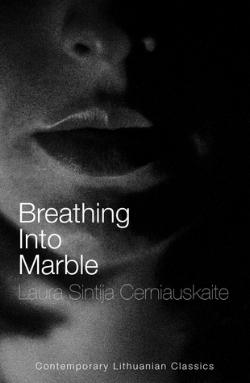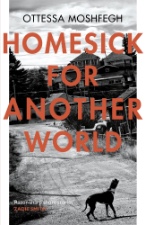Bricks and Mortar, Clemens Meyer (Germany): 2013; translated by Katy Derbyshire, Fitzcarraldo, 2016.
Wonderful stream of consciousness novel with various characters delivering the narrative about the sex trade in Post-Wall Eastern Germany.
Cardinal, Alex Higley (USA): Tailwinds Press, 2016.
Good, straight-forward stories about life in the suburbs of America. The characters are a danger to themselves!
Professor Andersen's Night, Dag Solstad (Norway): 1996; translated by Agnes Scott Langeland, Vintage Books, 2012.
A well-educated professor of literature witnesses a murder and keeps it a secret. Good minor thriller with a dose of literary discussion.
Sweet Days of Discipline, Fleur Jaeggy (Switzerland): 1989; translated by Tim Parks, And Other Stories, 2018.
My follow-up to Jaeggy's latest short story collection. Not as good as that collection but still a decent exploration of growing up and negotiating life's difficulties.
Till Kingdom Come, Andrej Nikolaidis (Montenegro): 2015; translated by Will Firth, introsbooks, 2015.
Enjoyable story about a 'lazy, nihilistic, alcoholic from a provincial backwater.' Good and dark fun.
The Coming, Andrej Nikolaidis (Montenegro): 2011; translated by Will Firth, istrosbooks, 2012.
Many of the same themes and characters as in Till Kingdom Come but not quite as good.














